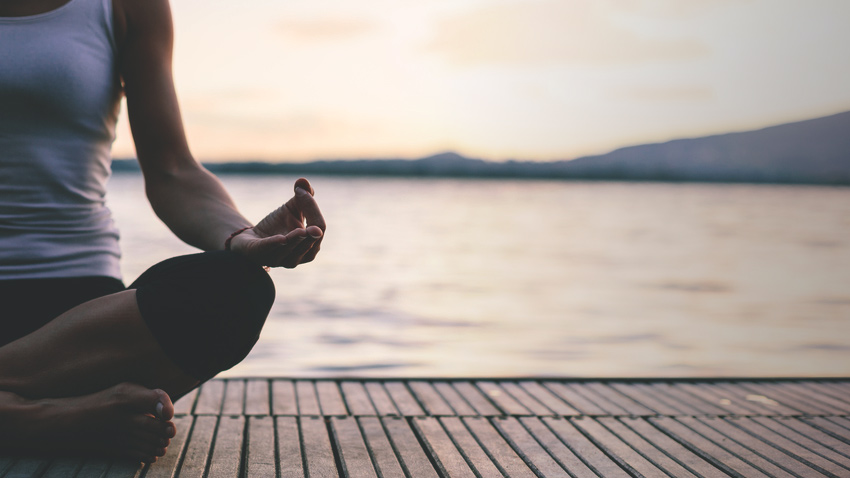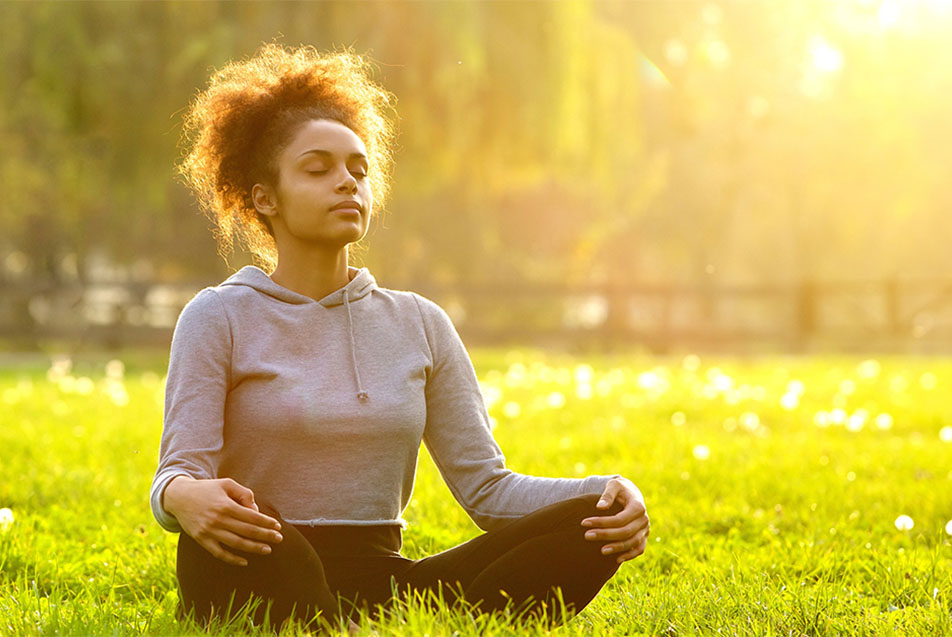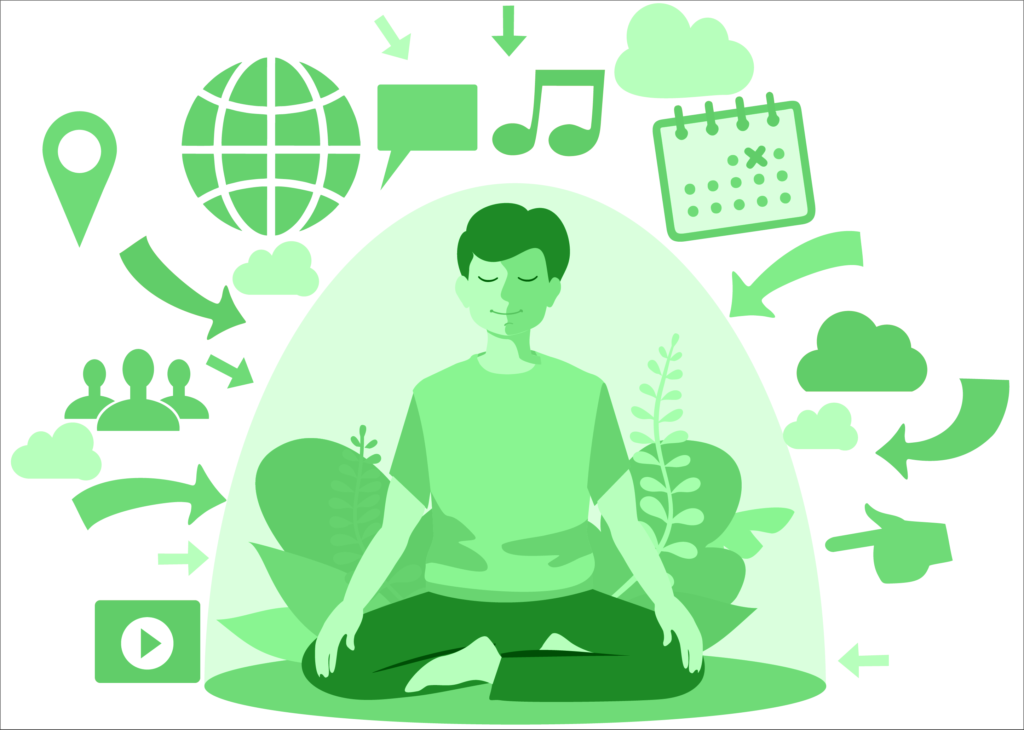How to Meditate? Exploring Various Approaches for a Calm Mind
How to Meditate? Exploring Various Approaches for a Calm Mind
Blog Article
Exactly How to Meditate: A Detailed Approach to Getting Mindfulness and Calmness
Reflection serves as a powerful device for achieving mindfulness and psychological calmness in a fast-paced globe. By comprehending the basic concepts and methods involved in meditation, people can cultivate a method that improves their total well-being.
Understanding Meditation
Recognizing reflection entails comprehending its fundamental principles and methods, which act as the structure for the technique. At its core, reflection is a psychological workout focused on advertising leisure, building inner power, and creating compassion and insight. The technique urges individuals to focus their interest, usually through methods such as deep breathing, visualization, or concept rep.
Meditation can be categorized into different styles, including mindfulness, transcendental, and loving-kindness reflection, each with distinct purposes and techniques. Mindfulness reflection highlights present-moment recognition and non-judgmental monitoring of sensations and ideas, while transcendental reflection includes making use of certain concepts to transcend common thought procedures. Loving-kindness reflection focuses on developing a perspective of love and compassion in the direction of oneself and others.
Despite the technique employed, the key goal continues to be regular: to cultivate a deeper understanding of the mind and its patterns. This self-awareness fosters emotional strength, clarity of thought, and a profound feeling of calm (How to meditate?). By comprehending these strategies and principles, individuals prepared for an effective meditation practice that can considerably enhance their overall well-being
Getting Ready For Your Technique
Prior to starting your meditation technique, it is vital to create an atmosphere for concentrate and relaxation. Select a peaceful space where you are unlikely to be disturbed. This could be an edge of a room, a garden, or any place that stimulates a sense of peace. Make certain that the location is free and tidy of mess, as a neat environment can help get rid of the mind.
Take into consideration the lighting, as natural light can improve your mood and energy. Soft, cozy illumination is usually much more calming than harsh fluorescent lights. Furthermore, choose a comfortable temperature level, ensuring that you are neither also hot neither also cool.
Integrating elements that promote peace can additionally boost your experience. This may include soft pillows or blankets for convenience, in addition to calming aromas from necessary oils or incense. It can likewise be useful to have a timer established for your meditation session to avoid disturbances from clock-watching.
Standard Meditation Strategies

An additional efficient method is body scan meditation. This involves psychologically scanning your body from head to toe, seeing any type of areas of stress or pain and knowingly loosening up those muscles. This technique promotes a deeper connection between your mind and body.

Finally, loving-kindness meditation concentrates on cultivating concern in the direction of on your own and others. Silently repeat phrases of a good reputation, enhancing emotional health and interconnectedness. Each of these techniques works as a structure for your reflection journey, enabling you to discover the approach that reverberates finest with your personal practice.
Keeping Emphasis and Mindfulness

Developing a devoted meditation space can boost the capacity to keep mindfulness. A quiet, minimalist setting decreases interruptions, enabling for deeper immersion in the practice. Furthermore, establishing a time limit can assist take care of assumptions; beginning with much shorter sessions might reduce the shift right into longer practices.
Making use of techniques such as body scanning or observing experiences can also bolster mindfulness. These approaches motivate specialists to remain existing and involved with their physicality, anchoring their focus in the minute. Normal method is vital; the mind builds durability with time, producing a stronger capacity for focus.
Incorporating Reflection Into Every Day Life
Including meditation into day-to-day live can transform routine tasks right into moved here opportunities for mindfulness and self-reflection. By incorporating mindfulness methods right into common jobs, individuals can grow a greater sense of visibility and peace among the busyness of daily life.
Begin by determining minutes throughout your day where you can practice and stop mindfulness. Throughout your early morning commute, focus on your breath or the experiences of the atmosphere around you. In the kitchen, method food preparation as a meditative practice, savoring the appearances, colors, and fragrances of the components. Also ordinary activities like cleaning meals or walking can become chances for reflection by directing your attention to the feelings of activity and the sounds bordering you.
Furthermore, setting aside committed times for reflection can enhance its method. Beginning with brief sessions, slowly boosting duration as you become more comfy. Use tips or cues-- like a particular time of day or a relaxing noise-- to develop uniformity.
Ultimately, the objective is to weave mindfulness into the fabric of everyday life, enabling you to come close to each minute with purpose, thus enhancing your overall feeling of health and clearness.
Conclusion
In conclusion, reliable reflection needs a silent atmosphere, a comfortable setting, and a focus on the breath. Normal reflection, also in find here quick sessions, fosters a deeper connection to the existing minute, inevitably leading to better calmness and psychological quality in day-to-day life.
Reflection can be classified right into various designs, consisting of mindfulness, transcendental, and loving-kindness reflection, each with unique functions and methods. Mindfulness meditation emphasizes present-moment recognition and non-judgmental monitoring of feelings and thoughts, while transcendental reflection involves the usage of particular rules to go beyond regular thought processes.With your reflection room prepared, it's time to discover different standard reflection methods that can assist cultivate mindfulness and internal tranquility.Constantly maintaining focus and mindfulness during meditation can be tough, especially for those brand-new to the technique.Developing a dedicated reflection room can improve the ability to preserve mindfulness.
Report this page